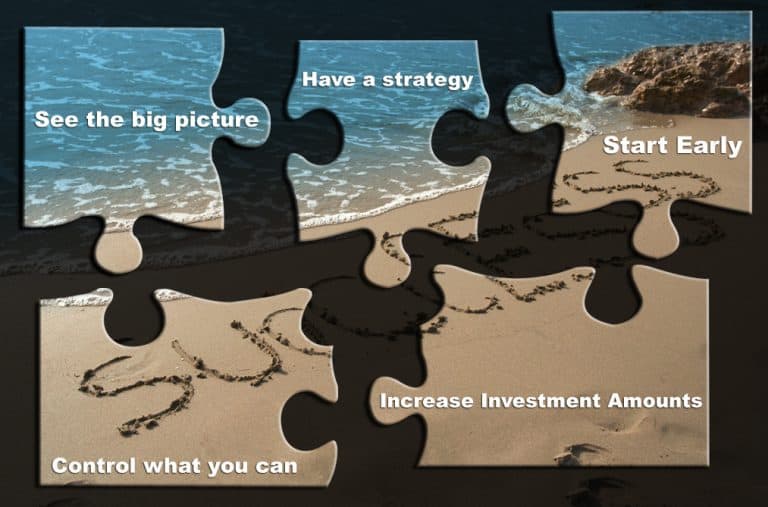Should You Start to Save… or Pay Down Debt?
Millennials have an entrepreneurial spirit and tend to have a lot on their plates. Being able to juggle several balls in the air and multi-task is par for the course for this generation. So why do Millennials often struggle with how to prioritize between saving for the future and paying down debt? Many Millennials still…










